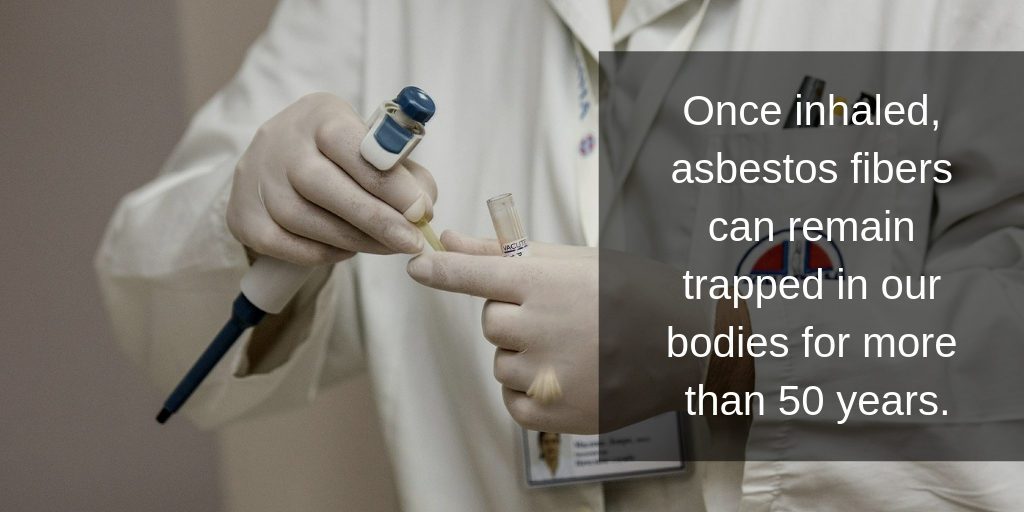
The diagnosis of cancer is a life-changing event for everyone involved. Most of us have experienced first hand the damage a diagnosis can cause to an individual or family. In the United States, lung cancer is the leading cause of death by cancer. At a rate of 40.6 deaths per 100,000 people, it’s more than twice as deadly as breast cancer, the second leading cause.
What Is Mesothelioma?
Mesothelioma is a particular type of lung cancer that is most commonly caused by exposure to asbestos. It is an especially aggressive form of cancer that is often resistant to treatment. The most common form of mesothelioma, pleural mesothelioma, begins in the thin tissue that lines your lungs and abdomen. This thin tissue, called the mesothelium, creates lubricating fluids that allow for movement when your lungs fill with air. This type of mesothelioma is found in about three out of every four cases.
Some of the symptoms of mesothelioma include:
- Chest pain
- Dry, painful coughing
- Unexplained weight loss
- Shortness of breath
These are just a few of the more common symptoms associated with mesothelioma. As the tumor progresses, more symptoms will appear and they will become more frequent.
What Causes Mesothelioma?
Mesothelioma is almost exclusively linked to asbestos exposure. Asbestos is a fibrous mineral substance that is an excellent insulator. Its resistance to fire, electrical, and chemical corrosion made it an incredibly popular mineral for use in construction and infrastructure building. Asbestos was used extensively for our nation’s pipe systems and as an insulator for family homes and large factories.
Starting in the late 1800s, asbestos was treated as a miracle mineral. It wasn’t until the 1970s that its danger to the public came to the forefront. By this time, asbestos had been in use for almost a century.

Why is asbestos so dangerous? Asbestos fibers are microscopic and cannot be seen by the naked eye. When asbestos dust is inhaled, the fibers are trapped and never dissolve. Our bodies have a tremendously difficult time getting rid of them, and they can go undetected for decades before the first symptoms reveal themselves. Many asbestos-related illnesses don’t appear for up to 50 years.
Over time, after decades of lying in wait, the fibers caused internal inflammation and scarring. They can even do permanent genetic damage to our cells.
Who Is At Risk for Mesothelioma?
One of the main problem with mesothelioma cases is the length of time between exposure and development of the cancer can take decades. While bans and government regulations have been implemented over the years to slow down future diagnoses, it’s too late for those that were previously exposed.
The most common type of exposure to asbestos is occupational. Some of the most at-risk occupations include:
- Construction workers
- Firefighters
- Industrial or factory workers
- Power plant workers
- Government infrastructure employees, specifically those working with pipes and ductwork
As the public has become aware of asbestos dangers, its use has dramatically decreased. However, after nearly a century of its common use, asbestos exposure is still a frequent problem with aging infrastructure and buildings.
Contact the Brooks Law Group
Were you employed in a field commonly associated with asbestos exposure? Asbestos can remain trapped in our bodies for decades and it can take just as long for the symptoms to appear. If you believe you have developed lung cancer or mesothelioma as a result of asbestos exposure, you need an experienced lung cancer and mesothelioma attorney on your side.
At the Brooks Law Group, our clients always come first. After more than 25 years pursuing justice for our clients, you can trust that your case will be no different. Connect with a law firm that cares about you, Look to Brooks!
Call our offices at 1-800-LAW-3030 or visit us online to request your free case evaluation today!













